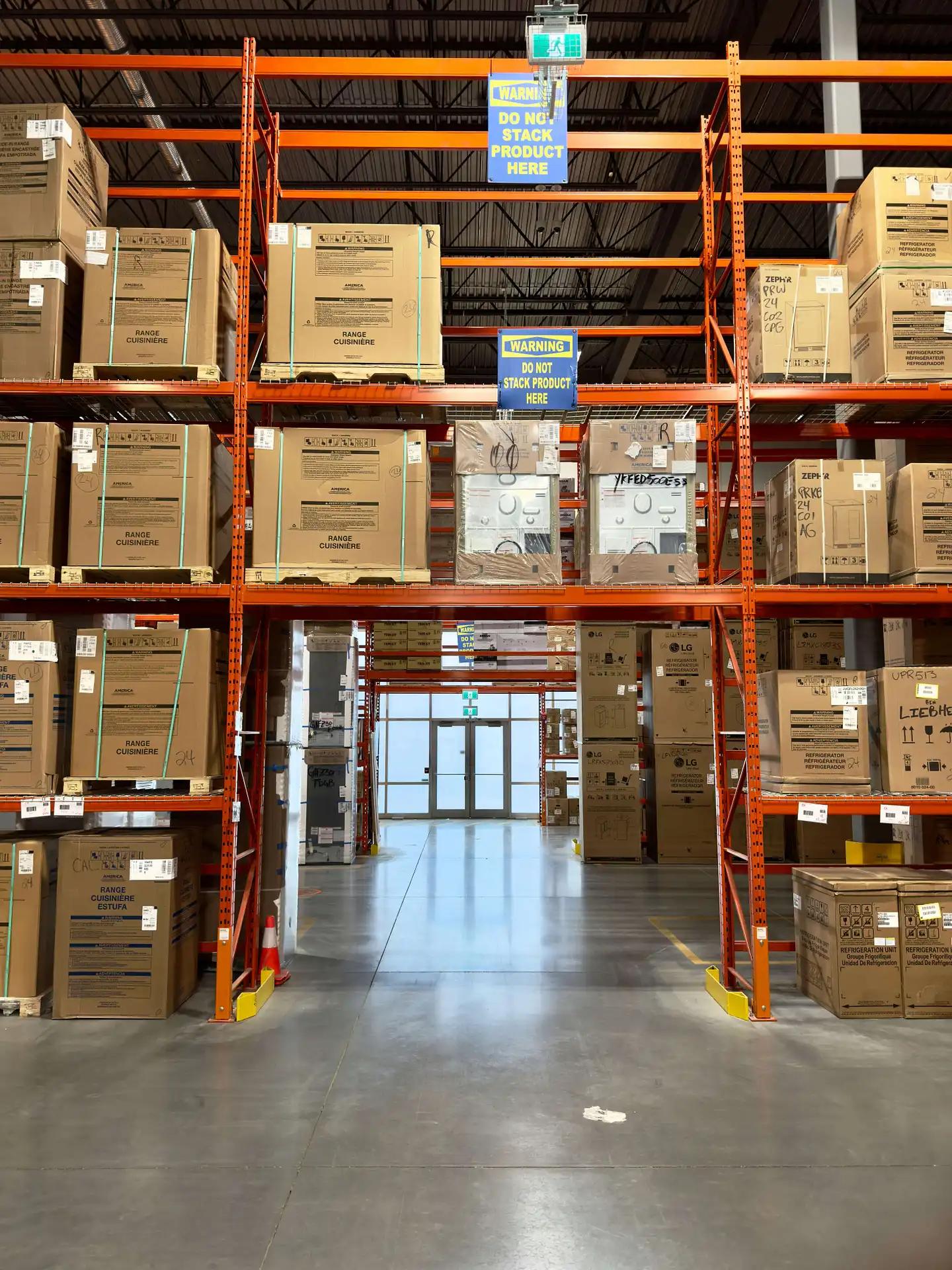Common Frictions in Indian Warehouses
Here are the 10 most common inefficiencies that you too might be currently facing in your warehouse, which we faced too and dealt with using minimal tech:
- Dependence on Manual Labor: Warehousing operations are heavily reliant on staff, who are often the sole bearers of knowledge regarding the location and handling of goods. This dependence creates bottlenecks and increases vulnerability to human error.
- Inadequate Stock Reconciliation: Regular stock reconciliation is a rarity, leading to discrepancies between physical stock and inventory records. This can result in stockouts, overstocking, and financial losses due to unaccounted inventory.
- Challenges in Implementing FIFO: The First-In-First-Out (FIFO) method, crucial for managing perishable goods and reducing waste, is difficult to maintain manually, often leading to aged stock being overlooked.
- Handling Expiry Dates and Batch Numbers: Tracking expiry dates, batch numbers, and other detailed product information is challenging with a transient labor force that may lack the required skills and attention to detail.
- Logistics Coordination: Dealing with transport and logistics partners can be complex and time-consuming, with potential for miscommunication and delays that disrupt the supply chain.
- Space Utilization: Many warehouses struggle with optimizing space, leading to cluttered storage and inefficient use of available area.
- Documentation and Paperwork: The reliance on paper-based systems for inventory management, order processing, and tracking can lead to errors and slow down operations.
- Lack of Real-Time Data: Without technology, real-time visibility into inventory levels, order status, and warehouse operations is nearly impossible, preventing timely decision-making.
- Inefficient Picking Processes: Manual picking methods are often unstructured and time-consuming, resulting in lower order fulfillment rates and increased labor costs.
- Poor Inventory Control: Without systematic control, warehouses face issues like theft, loss, and damage.
It's evident that these inefficiencies can significantly impact the overall performance of warehousing operations in India and Southeast Asia. However, the introduction of minimal technology that we have setup in Storewise warehouses is beginning to pave the way for a more efficient, streamlined, and resilient warehousing units.
Storewise Minimal Tech Driven Approach
Storewise's minimal technology approach for warehouses is tailored to resonate with the traditional Indian warehouse staff who is accustomed to manual, labor-intensive processes deeply entrenched in their daily operations. We simply automate two things in the day-to-day process to achieve incredible efficiency in the processes:
- Seamless Invoice Aggregation and Assignment: Our Notification-Based Invoicing System centralizes invoice collection from diverse platforms like emails, Tally, WhatsApp, and camera uploads. It then notifies the warehouse manager (godown keeper) on a simple app, allowing them to allocate picking to his team according to delivery schedule.
- Dynamic Stock Verification: The On-the-Go Inventory Counting is a very tried-and-tested method of maintaining inventory count without slowing down warehouse and business operations. It is an innovative take on 'stock auditing' that integrates with 'daily stock movement', prioritizing checks for 'high-velocity items'. This simple counting takes place during the regular invoices picking without complicating or unnecessary effort.
But why did we not go with some of the more advanced technologies? Based in India, we weigh the cost-benefit ratio and ease of integration first before dwelling into other criteria. Advanced technology and the industry standard warehouse management systems (WMS) do not align with the current 'business ethos' and 'practical operations' of our warehouses for many reasons:
- Cultural and Technological Leap: The shift from a manual ledger system to a full-fledged WMS is difficult for our godown team, they prefer incremental tech upgrades that do not require a completely new process.
- Operational Continuity: The learning curve associated with advanced systems can disrupt warehouse operations which is the backbone of our business. Our minimal tech ensures business continuity.
- Cost-Efficient Tech Deployment: Our approach is budget-friendly, avoiding the expenditure in technology that may not align with the needs of business growth.
- Infrastructure Compatibility: Some of our warehouses are contracted on agreements which do not warrant making any big constructions inside the warehouse to make the infrastructure compatible with software
- Customized Operational Efficiency: Our operations are diverse, and can be different at even the SKU level. Very few WMSes out there allow setting up different workflows that can integrate with our highly varied operations.
Conclusion
Storewise's minimal tech approach aligns with the business acumen and operational realities of Indian warehouse operators, providing a technological bridge that enhances efficiency while respecting the 'traditional business wisdom' that has sustained these businesses for generations.
And while we are achieving 100x efficiency in operations and helping our customers achieve targets and seamless distribution, we would like to have you experience the same!
More Articles to Explore

Storewise is not a traditional C&F
In business, the ability to adapt and evolve isn't just a mantra; it's a must for survival and growth. Manufacturers intent on boosting sales face a common bottleneck: their distribution partners. The push for growth too often meets the pull of traditional C&F models, stockists, and retailers resistant to change. This mismatch creates friction, slowing down the very growth manufacturers strive for. It's a critical challenge that, left unchecked, can derail even the most ambitious sales strategies. Storewise emerges as the forward-thinking distribution partner for manufacturers seeking to streamline their supply chain and boost sales. This article explores how Storewise is setting a new standard for efficiency and profitability in manufacturing.

Backbone of Lean Supply Chain
In the exciting world of supply chain startups in India, people often talk about new technologies and big ideas. But there's one part of the supply chain that we often forget about: Warehouses.
![[object Object]](/_next/image?url=https%3A%2F%2Fcdn.sanity.io%2Fimages%2F15uaalow%2Fproduction%2Fa3ded21193179b08f45bdf060be972e6c74a8426-1200x900.png%3Ffit%3Dmax%26auto%3Dformat&w=3840&q=75)